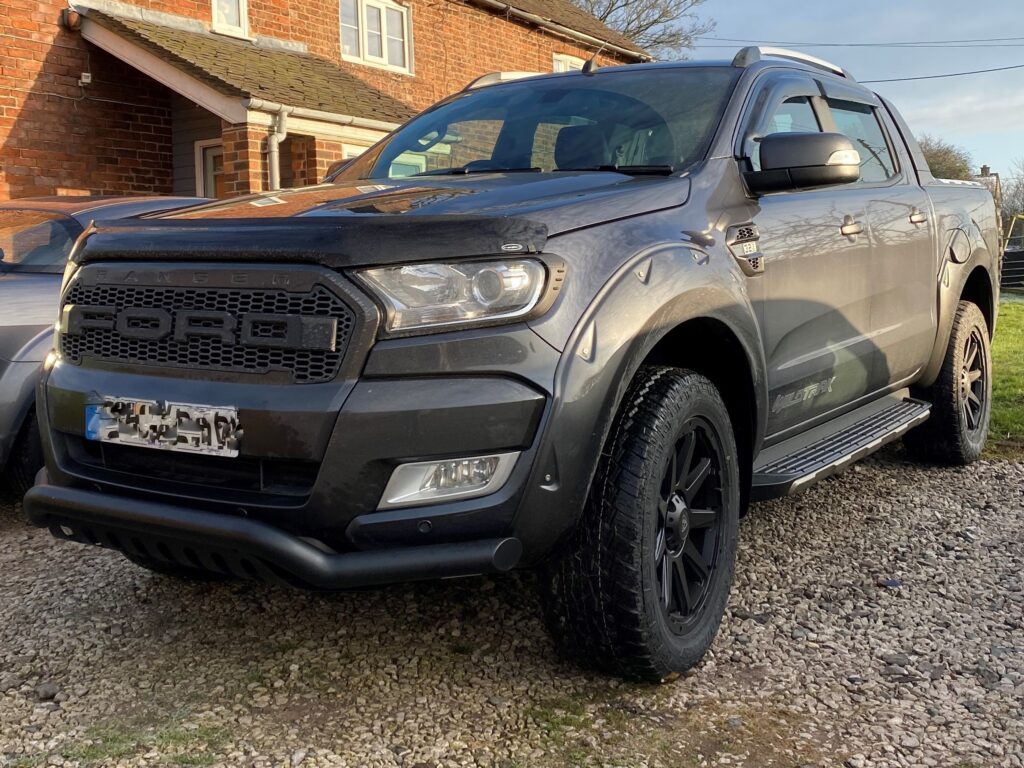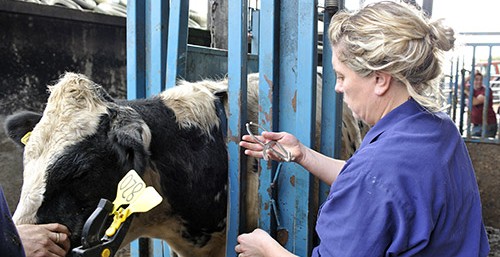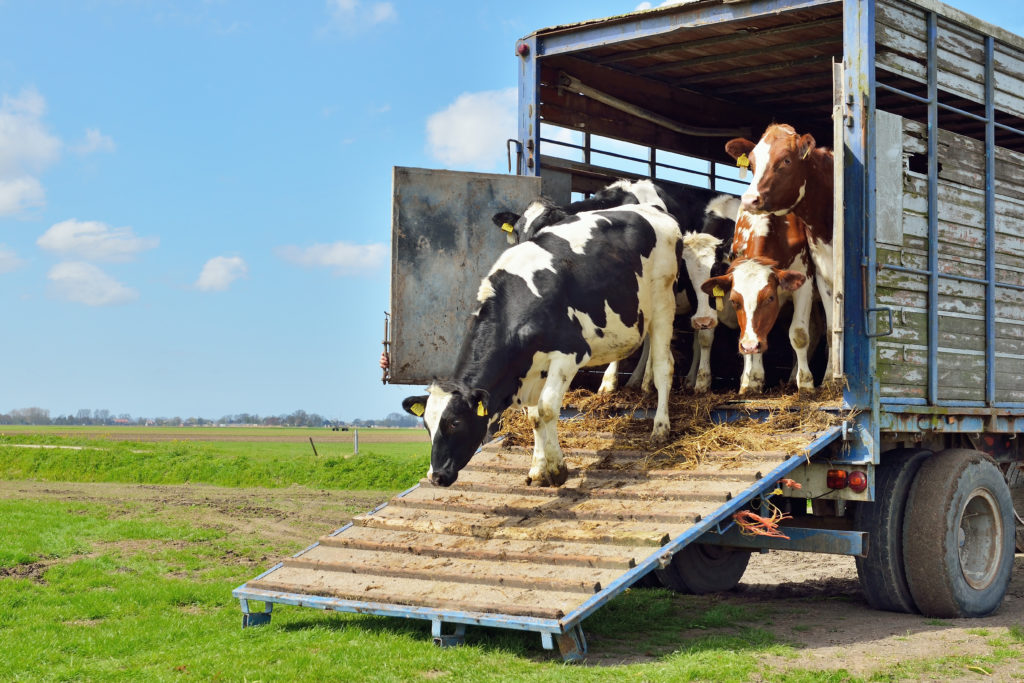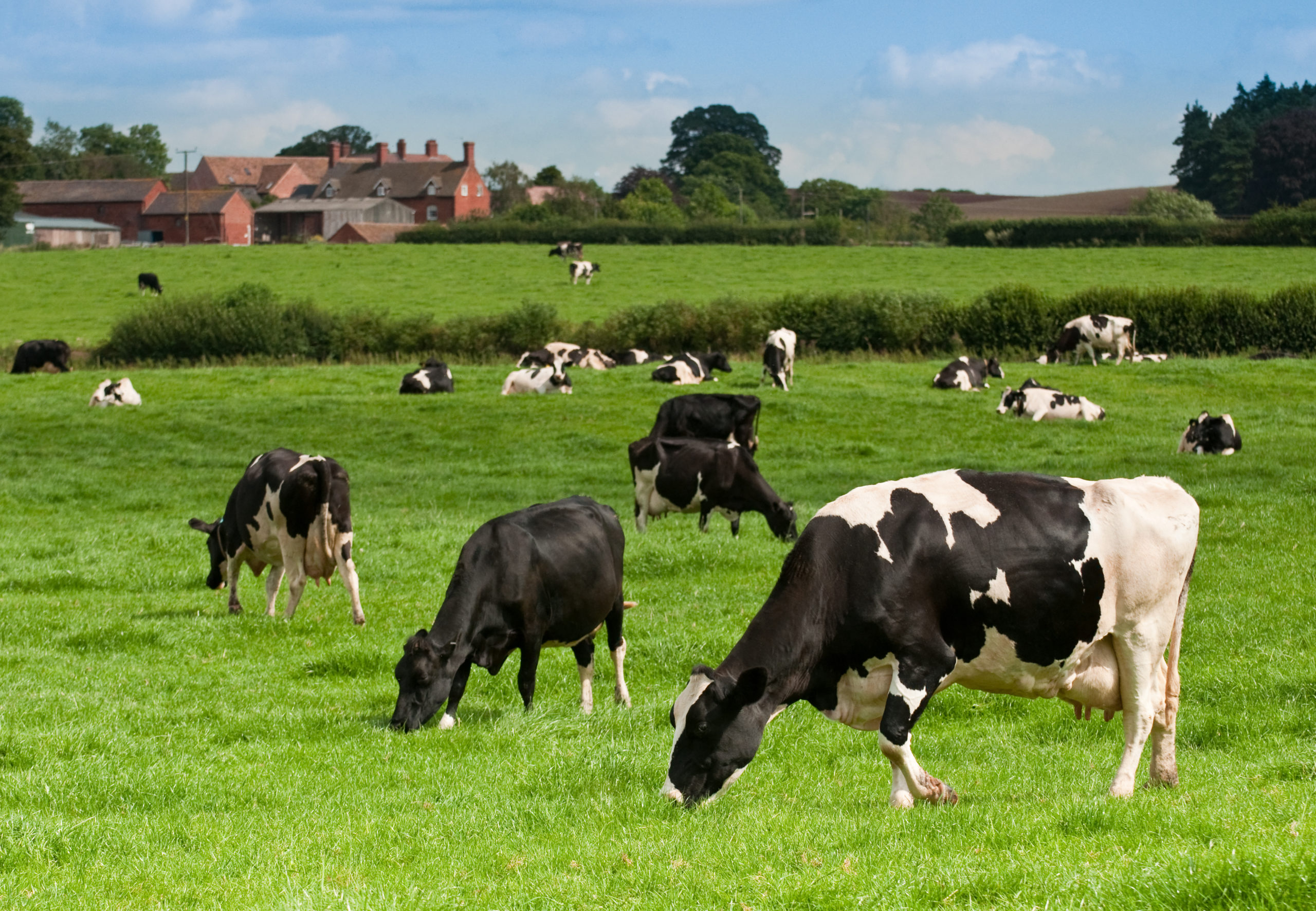Why do this?
Introducing new cattle to your herd or re-introducing your own stock after being away can be a potential disease risk. New cattle to the herd include purchases, imported animals and hire bulls.
There are five actions that you can take to protect your herd from TB, one of which is to stop or reduce the likelihood of infected cattle entering the herd. Cattle movements are one of the main contributors to the spread of TB, with 50% of breakdowns in the Low Risk Area of England due to the purchase of undetected infected cattle.
How to reduce your risk
The purchasing decisions of one cattle keeper can have an impact beyond the boundaries of their holding to neighbouring holdings and local wildlife populations. This makes knowledge-based trading a key element to reducing the spread of TB. Utilising all of the tools available to gain as much knowledge about a herd (or animal’s) TB history, enables an informed purchasing decision.
Let’s think about it this way. If you were to buy a car, what questions would you ask?
You are likely to have a check list to cover with the seller, starting with things like last MOT, mileage, then progressing to collisions (if any) and service history.
Why should this be any different when purchasing cattle? Obviously, questions around the animal’s age, fertility and yields will be important to a business. However TB history, much like whether a car has been in any collisions and service history, should not be discounted or deprioritised. Below is an example pre-purchase checklist to help get you started. This is not exhaustive and should be adapted to fit your own business needs.

Pre-purchase checklist
Knowing this date may offer additional reassurance if the herd has tested negative for TB recently, or it may prompt you to consider carrying out isolation and post-movement TB testing before introducing the animal into your herd. A clear whole herd test a month ago is less risky than one almost a year ago.
Not all animals require a pre-movement test, but those that do should have been tested in the 60 days before their sale. Buy an animal that has been tested seven days ago compared to 60 days ago.
The longer a herd has been OTF the lower the risk, and conversely a herd that has recently come off TB restrictions is likely to be higher risk.
CHECS bTB accredited herds are scored 0 (high risk) to 10 (minimum risk) with the score equalling the number of years OTF.
The longer the breakdown lasted, the more likely there is residual infection in the herd.
The higher the number of reactors, the more likely there is residual infection in the herd.
You are happy with the information and buy the animal, what now?
Infected cattle do not usually show clinical signs of TB and will look healthy. Therefore, it is important that you have a secondary line of defence before introducing new cattle into your herd. This involves good biosecurity practices and further testing (if required). Below is an example post-purchase checklist to help get you started. Again, this is not exhaustive and should be adapted to fit your own business needs.
Post-purchase checklist
Limiting contact limits potential disease spread.
This is mandatory in the Low Risk Area and annual testing parts of the Edge Area of England, but it can also be voluntarily conducted at your own expense.
The other four elements of the TB biosecurity five-point plan.
Prevention of infection is always better, easier and cheaper than cure. As with good biosecurity practices, this does not just apply to TB and will also help to reduce the risk from other infectious diseases. The TB Advisory Service provides free, bespoke advice on TB biosecurity to keepers of cattle and farmed non-bovine animals.
Post-movement TB testing

Post-movement testing is another line of defence to detect infected cattle before introducing them into your herd. If possible, animals should be isolated until the TB test results are known. Tests for TB are not perfect and a negative result does not guarantee that the animal is free from TB. This is because approximately one in four infected cattle may be missed by the tuberculin skin test and the tests are more effective at detecting infections when used on a herd basis rather than on individuals or small groups. It’s worthwhile carrying out post-movement testing even if the animals have passed a pre-movement test as it provides another opportunity to pick up any undetected infection or animals infected with M. bovis following the test e.g. during transit.
You can arrange voluntary private post-movement skin testing with your vet. Private interferon-gamma blood testing is also available in England. If you are considering this option, speak with your vet and visit GOV.UK for more information.
Isolate all higher risk cattle before they enter the herd
When cattle enter your farm, it’s good practice to isolate them from other cattle in the herd to ensure that they are not incubating disease (not just TB) and to give you time to test them. If you are buying in cattle from a herd of higher TB risk status, they should always be isolated. The period of isolation should be at least 60 days so that a post-movement TB test can be carried out before introducing them into the herd.
Isolation should apply to all cattle entering your herd, including newly purchased stock, hired bulls and cattle under your ownership that have returned from being away, e.g. from shows, markets and other premises. The TB risk is greater for purchased stock and hired bulls than for animals that have been off the farm for a short time. The practicality of isolating cattle depends on factors such as the number of animals purchased, their purpose in the herd and the availability of suitable isolation facilities. Discuss with your vet which options would be appropriate for isolation on your farm.


Useful resources
- ibTB, an interactive map showing TB breakdowns in England and Wales
- Pre- and post-movement TB testing guidance
- Information about the tuberculin skin test